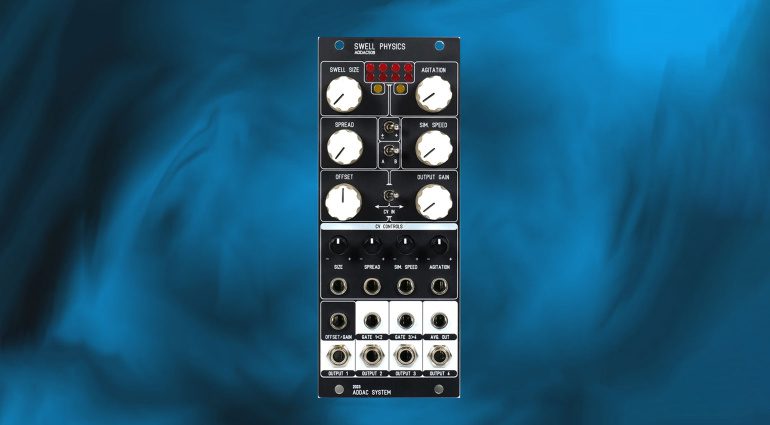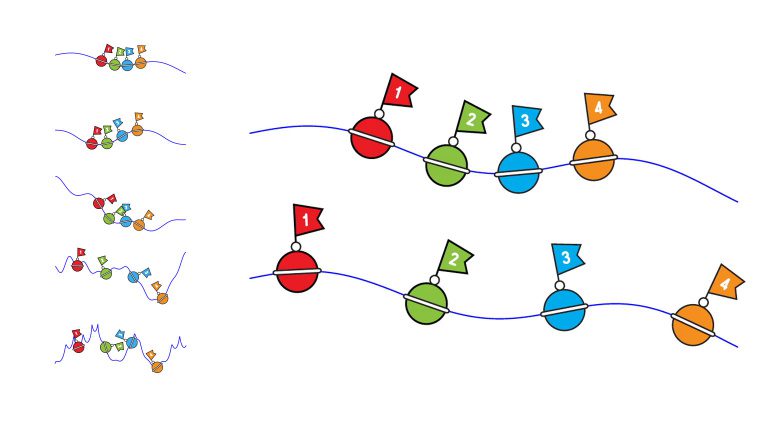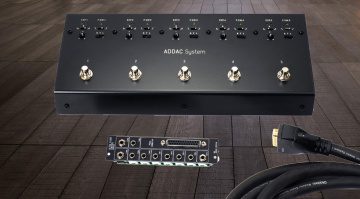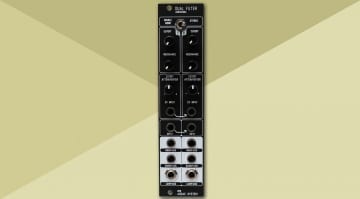ADDAC Swell Physics: Cast yourself adrift on a sea of modulation
The Swell Physics ADDAC508 simulates the movement of the ocean to generate voltage that follows the bobbing of tethered buoys. Intrigued? Read on.
Swell Physics
So, imagine four equally spaced buoys anchored to the bottom of the sea and floating on the waters. The height of each buoy is interpreted as voltage emerging from one of the four outputs at the bottom of the module. Through divine-like control, we can stir, whisk and agitate the waters and pull on the space between the buoys. The result is a flowing of movement, a linked journey of waves and consternation, all being measured and released from the outputs.
Very simply, it could be used to control the level of four sound sources and have them interplay as the waters move. It could move filters, increase effect depth and push parameters while all the time staying related to one another through their spacing and connection. Swell Physics is entirely fascinating.
Details
The system uses Gerstner Waves as the intention behind the engine. ADDAC’s Andre Gonçalves explains:
In fluid dynamics a Gerstner Wave is described as ‘a progressive wave of permanent form on the surface of an incompressible fluid of infinite depth’.
These waves are often used in computer graphics to simulate liquids.
On the module itself, you have control over Swell Size, Agitation, Spread between the buoys and the Speed of the simulation. You can set the distance between the highest peak and lowest trough, how complex the wave interactions are and how related the outputs remain. These controls can be modulated. You can also offset the outputs, and they can be bipolar or unipolar.
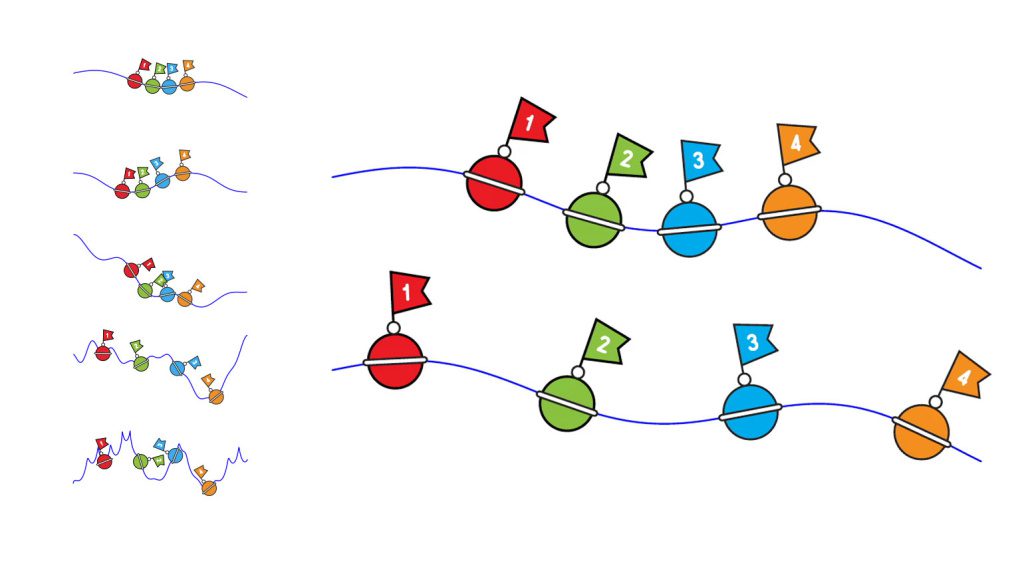
There are two modes of generation. In Scrolling mode the buoys are following a path as the generation is moving. This gives the effect of delay to each subsequent buoy. The other mode is Evolving where the buoys are essentially stationary and encounter the waves at the same time from different perspectives.
Availability
I’m extremely taken with this idea. The video gives some good insight, although I wish there was a bit more variation in examples. The ADDAC508 Swell Physics module is available now for €320.

 4,0 / 5,0 |
4,0 / 5,0 | 